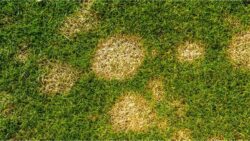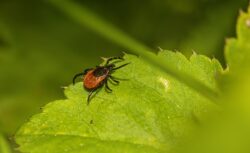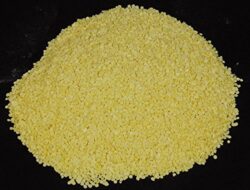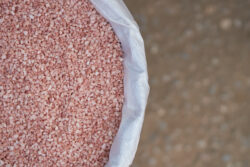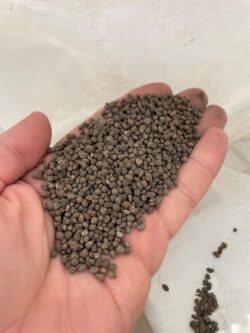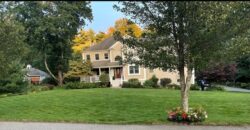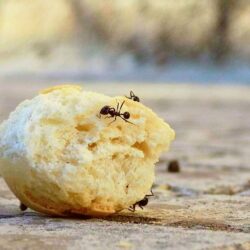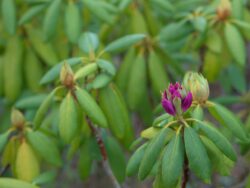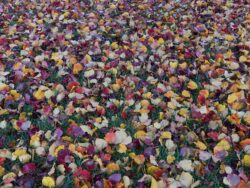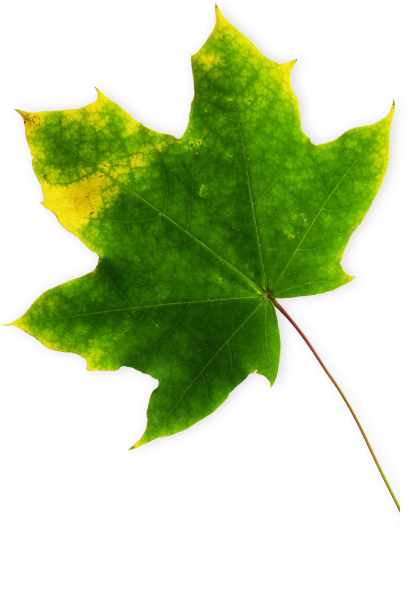Natural Tree and Lawn
Disease spots are a common issue that can affect the health and appearance of your lawn. These spots are caused by various fungal diseases and can appear as discolored, brown or yellow patches on the grass. If left untreated, these spots can spread and cause severe damage to your lawn. In this blog, we’ll explore… View Article
In this four-part series, we are examining the essential components that contribute to a healthy lawn. In this final segment, let’s delve into the significance of sulfur, a crucial element that profoundly influences and improves the overall well-being of your grass. The Element Sulfur, symbolized by the chemical symbol S, is a vital nutrient with… View Article
In this four-part series, we focus on the practical elements of maintaining a robust lawn. For part 3 of our series, let’s delve into the significance of potassium, a vital nutrient that plays a crucial role in fortifying and enhancing the overall well-being of your grass. The Element Potassium, represented by the letter K, is… View Article
In this four-part series, we dive into the pragmatic aspects of maintaining a healthy lawn. For this second part of the series, let’s explore the importance and role of phosphorus in lawns, a vital nutrient that contributes to the strength and vitality of your grass. The Element Phosphorus, symbolized by the letter P, is a… View Article
At Natural Tree and Lawn Care, we navigate the science behind a flourishing lawn. In this four-part series, we will dissect the significance of nitrogen in lawns, a foundational element influencing the growth and vitality of your grass. The Element Nitrogen, denoted by the chemical symbol N, stands as a pivotal component in the landscape… View Article
Every year brings new challenges – personally and professionally – and it’s no different for our lawns and landscapes. This blog takes a look back at 2023 and discusses the biggest obstacles we dealt with here in Massachusetts. Weather Compared to the very dry weather we saw last year this year was quite the opposite…. View Article
As winter descends upon us, a silent invasion is underway in lawns across the region. Overwintering pests are seeking refuge, biding their time until the warmth of spring awakens them. At Natural Tree and Lawn Care, we’re here to shine a light on the secret hideouts of these intruders and empower you to defend your… View Article
Evergreen shrubs can turn brown for a variety of reasons, leaving homeowners wondering what went wrong. In this blog, we’ll explore four common problems of browning in evergreen shrubs. For clarity, evergreens include azalea, boxwood, holly, rhododendrons, arborvitae, cedar, and juniper to name a few. Seasonal Color Change It is natural for evergreen trees to… View Article
Fall is the best growing time of the year for cool-season grass types like those found here in Massachusetts. Below, we’ve put together a list of fall lawn care best practices to help your lawn thrive before winter: Continue best watering practices We encourage you to continue following our recommended watering practices. Water your lawn… View Article
